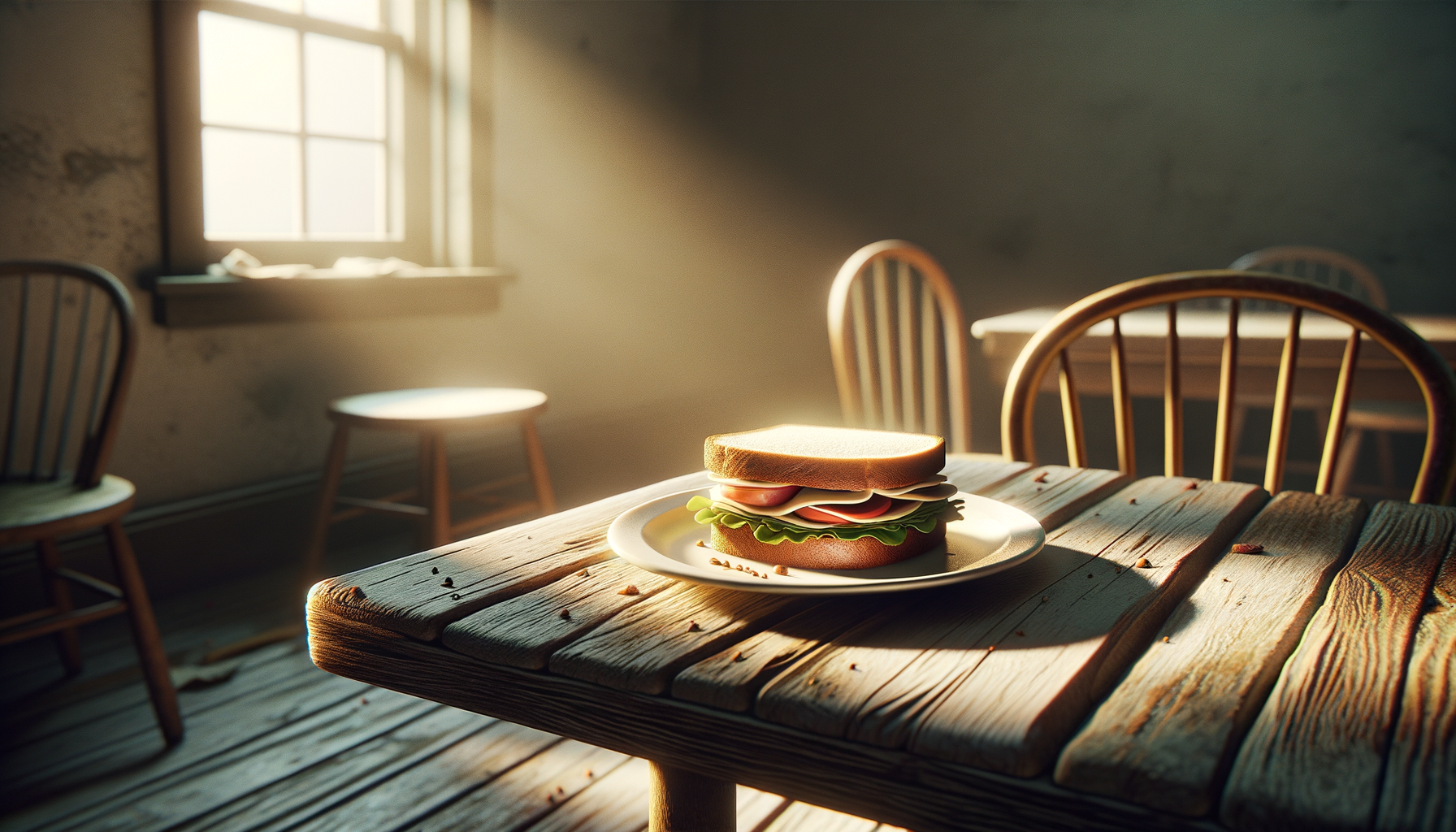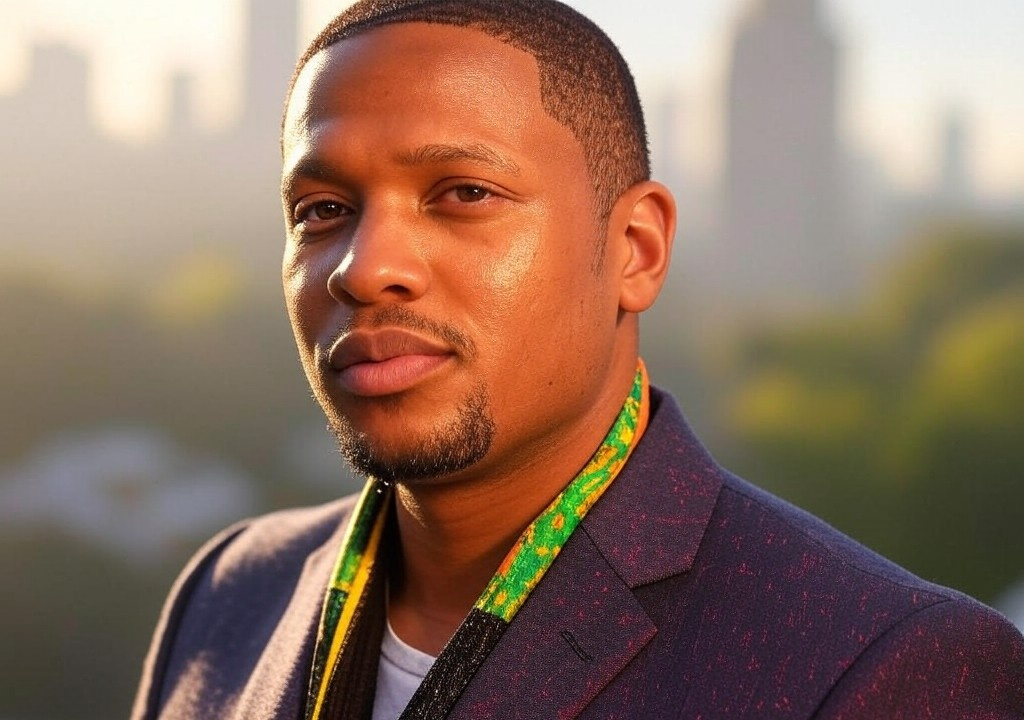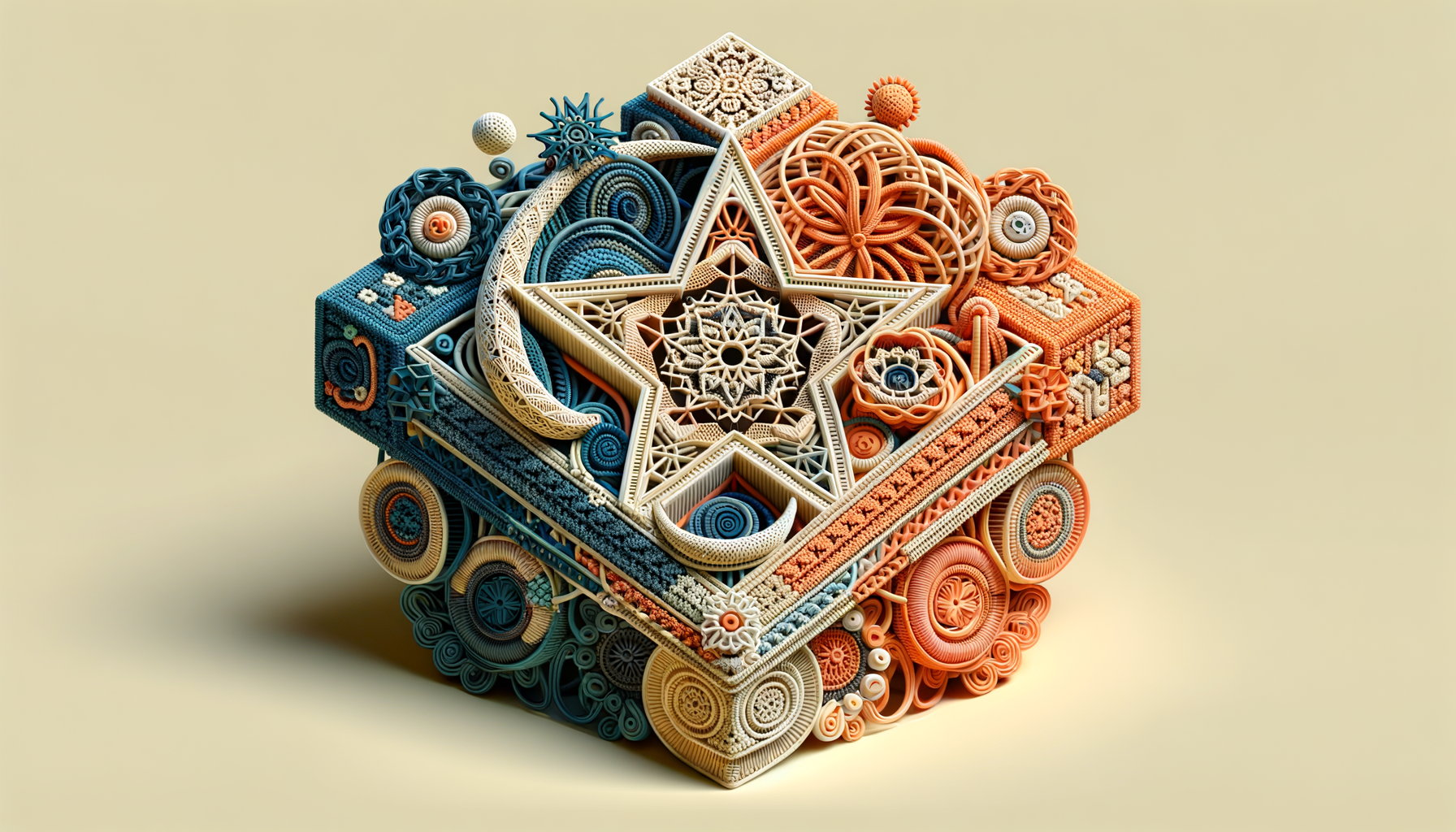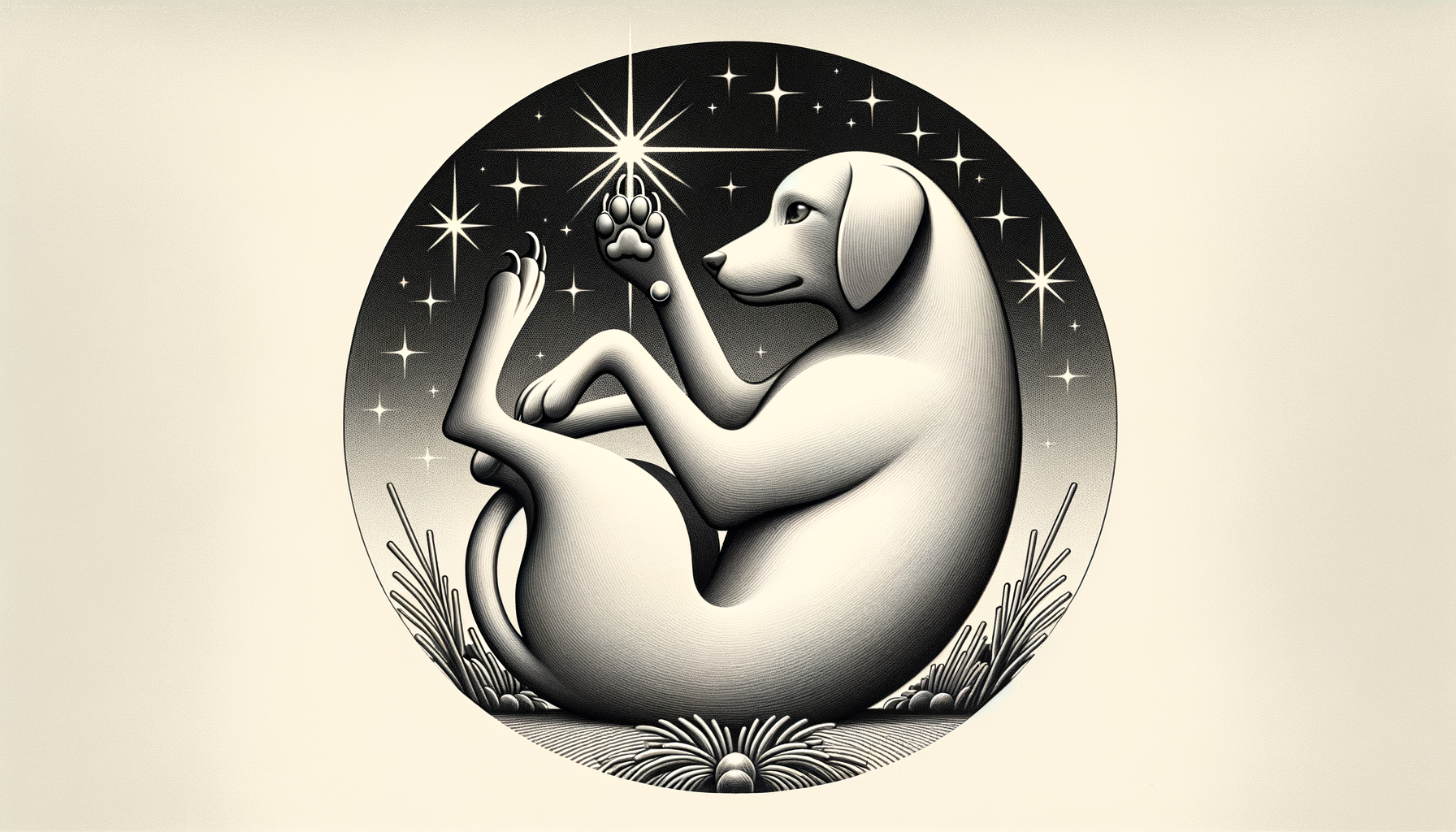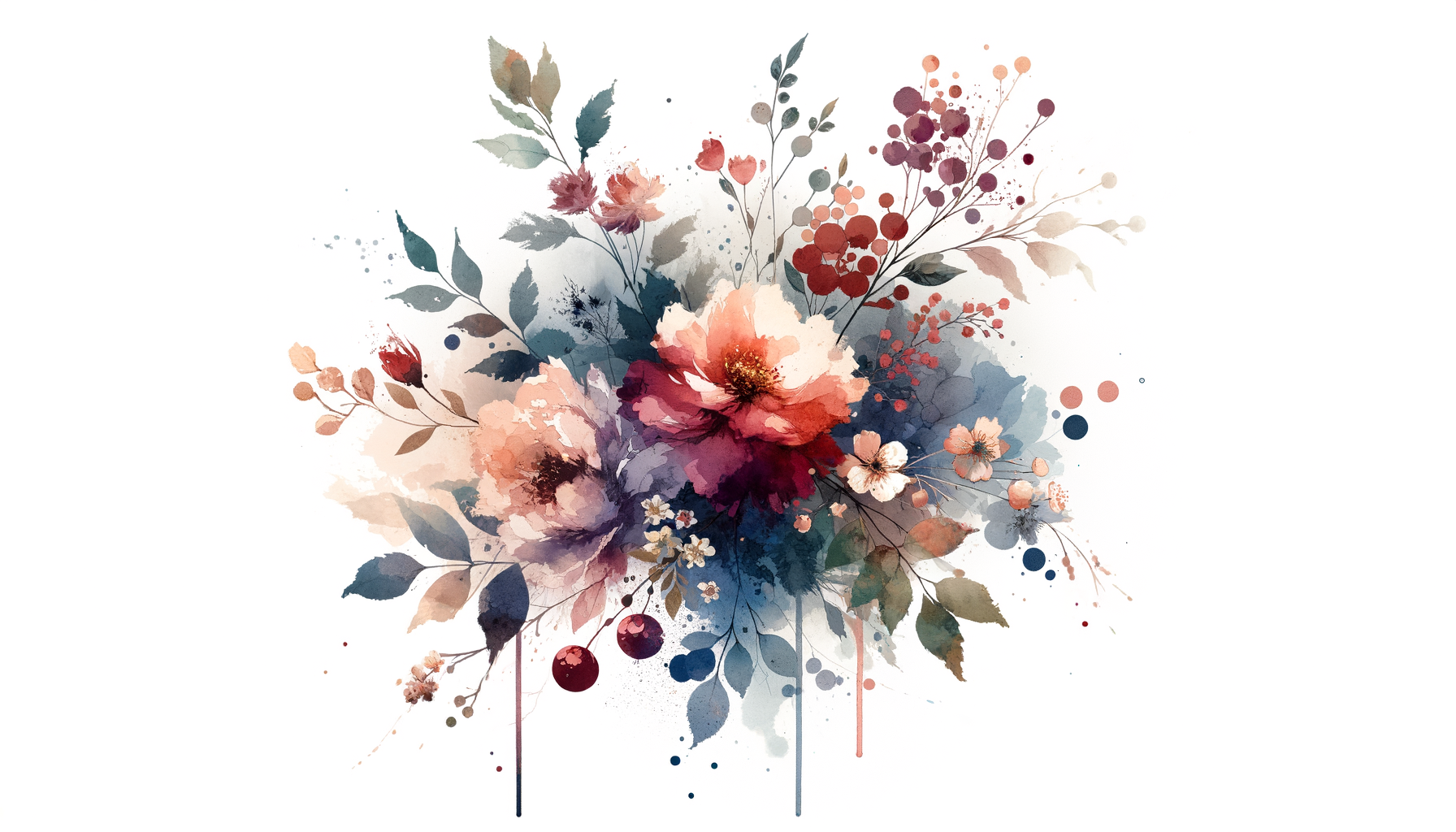The saying goes, “You’ll do anything for a good story,” but no one really tells you what “anything” might look like when your editor gives you that pointed deadline stare. In my case, it looked like standing chest-deep in the middle of a swamp at dusk, armed with a notebook, bug spray, and the kind of optimism that only gets you so far before it gives way to swatting and second-guessing.
Let me set the stage. Born and bred in Charleston, I’m no stranger to marshlands or their eerie beauty. These landscapes are threaded into the stories I grew up hearing and the ones I love to write. But there’s something about a swamp at night that makes you cling just a little tighter to your Southern manners and mutter “bless it” more times than you’d care to admit. The mission? An oral history about a family that had grown indigo in the region for generations—one of South Carolina’s underappreciated cash crops and a vanishing artisan tradition. The twist? The matriarch agreed to talk to me only if I was willing to meet her “where the real work happens.”
Spoiler alert: The real work doesn’t happen under cozy porch fans with sweet tea in hand.
Into the Swamp: When Curiosity Outweighs Common Sense
When I arrived, the indigo plants were sprawled out of the earth in vivid green waves, their thick stalks stretching and curling as if they had secrets to tell. But “where the real work happens,” as Ms. Ernestine revealed with a knowing grin, was knee-deep in the decomposition tanks—filled with soaking indigo leaves, fermenting their way into that coveted, mystical blue dye.
“Go ahead and wade in,” she waved, a woman who had seen plenty of naive city reporters like me in her day. “You can’t understand it till you feel it.”
And so, off came my sandals as I made my way into the murky water, both feet sinking a little deeper into the bog than my pride would’ve liked. To give you an accurate picture: it smelled like a middle school science experiment gone rogue. Ms. Ernestine watched from the grassy bank with the bemused expression of someone who knows far too well how this ends. Hint: It’s not with dignity.
I did my best to scribble notes between swipes at buzzing mosquitoes and the occasional shriek when something slimy brushed my leg. Meanwhile, Ernestine launched into a stunning history lesson, describing how her ancestors passed down the art of indigo dyeing from the plantation fields, turning it into their family’s legacy. Every dip of fabric into the dye vat created something magical, she said—an alchemy that spoke to survival, resilience, and her refusal to let this piece of heritage vanish.
What the Swamp Taught Me About Relationships
Somewhere between balancing my notebook on a patch of semi-dry land and trying to convince myself that I hadn’t just kicked an alligator, I realized there were some life lessons lurking in that swamp—lessons that applied to more than just chasing good stories. Stick with me, because one thing Charleston life has taught me is that metaphors are everywhere if you’re willing to get your hands (and feet) dirty to find them.
-
You Have to Embrace the Mess
Relationships, like fermentation vats, aren’t always picture-perfect Pinterest moments. There will be muck. There will be mosquitoes (or metaphorical ones). There will be that moment where you question, “What on Earth am I doing here?” But within that mess is where the real work—the unforgettable, transformative work—happens. You can’t get to something as beautiful as indigo’s deep blue without diving into chaos first. -
Commitment is Non-Negotiable
No one half-steps their way into creating indigo dye. It takes patience: soaking the leaves, stirring them with precision, letting the process unfold over days. Ernestine spoke about indigo dyeing like it was as much a spiritual practice as an art form. Here’s the thing: relationships demand that same level of care. Anything rushed, half-hearted, or left unattended isn’t going to stand the test of time. Commitment doesn’t mean perfection; it just means showing up—even if it means braving the occasional emotional mosquito bite. -
Legacy Matters
One of the most powerful parts of that swamp-side interview was hearing about the pride Ernestine took in continuing her family’s work. It reminded me of how culture and heritage can shape the way we approach love—whether it’s prioritizing honesty like my mama taught me, or seeking someone who values partnership the way my grandparents modeled it. In a world where dating sometimes feels like mindless scrolling, taking a moment to honor what really matters to you and your family’s values can make all the difference.
Lessons Learned (and Two Dozen Bug Bites Later)
I’ll admit, by the time I climbed back onto dry land smelling like swamp water and questionable life choices, I wasn’t entirely sure the story had been worth the struggle. That changed a few weeks later when the article reached readers. The comments poured in—people sharing their own stories about reviving forgotten traditions, their admiration for Ernestine, and their memories of Lowcountry summers. It was a reminder of why I love storytelling in the first place: the chance to spark connection, even if it means wading through figurative (and actual) muck to get there.
So, what’s the moral of all this? Whether you’re chasing a story or navigating the unpredictable waters of flirtation or commitment, don’t shy away from the messy parts. That’s where growth happens. That’s where you prove to yourself—and maybe to someone else—that you’re all in.
Ms. Ernestine summed it up best as I waved goodbye that day, still dripping and looking like I’d lost a bet: “The blue’s worth it, honey. But you gotta earn it.”
That wisdom sticks with me to this day, in relationships and beyond. Whatever you’re chasing—be it love, legacy, or your next adventure—it’s worth rolling up your sleeves, maybe even wading through a swamp, to uncover the beauty on the other side.




